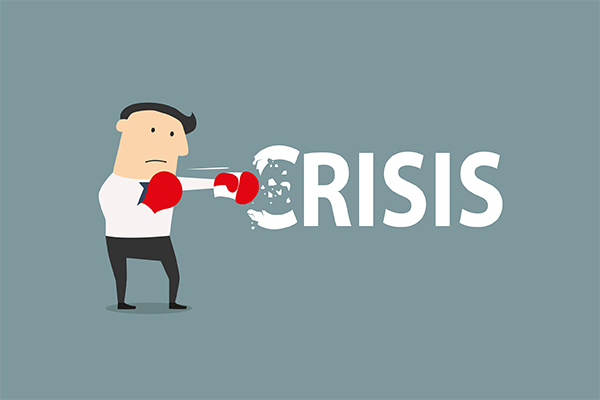In a world of constant unpredictability, knowing how to manage a crisis is an essential skill for individuals and organizations alike. But what exactly is a crisis? It could be anything from a natural disaster to a public relations nightmare, and handling it effectively can mean the difference between recovery and ruin.
How to Manage Crisis: The Ultimate Guide

Understanding Crisis Management
Definition of Crisis Management
Crisis management refers to the strategies and processes organizations use to deal with sudden and significant negative events. It’s not just about putting out fires—it’s about being prepared and having a structured response plan in place.
Key Elements of an Effective Crisis Management Plan
- Risk Assessment: Identify potential threats.
- Crisis Response Team: Assemble trained professionals.
- Communication Strategy: Ensure clear messaging to stakeholders.
Types of Crises
- Natural Disasters: Hurricanes, earthquakes, or floods.
- Financial Crises: Economic downturns or fraud.
- Organizational Crises: Internal scandals or structural failures.
- Technological Crises: Cyberattacks or system failures.
- Reputation Crises: Negative publicity or customer backlash.
Key Steps in How to Manage Crisis
Preparation
- Risk Assessment: Evaluate vulnerabilities and risks.
- Developing a Crisis Plan: Have protocols ready for various scenarios.
Response
- Immediate Actions: Contain the situation quickly.
- Communication: Keep everyone informed, from employees to customers.
Recovery
- Restoring Normalcy: Resume operations smoothly.
- Learning From the Crisis: Analyze what went wrong and improve.
The Role of Communication in Crisis Management
Clear communication can calm chaos. Being transparent with stakeholders ensures trust and reduces panic. It’s equally important to manage misinformation effectively, especially in the digital age.
Building a Crisis Management Team
A strong team can make all the difference. Assign specific roles such as spokespersons, strategists, and operational leaders. Regular training sessions ensure everyone knows what to do in the heat of the moment.
Technology and Tools for Crisis Management
Modern crises require modern solutions:
- Software: Tools for real-time monitoring.
- Social Media Monitoring: Gauge public sentiment.
- Emergency Apps: Facilitate quick decision-making.
Case Studies for How to Manage Crisis
Successful Examples
- A company swiftly recovering from a data breach due to preemptive planning.
Failures to Learn From
- Organizations that delayed responses, amplifying the damage.
Common Mistakes in Crisis Management
- Ignoring Early Warning Signs: Small issues often grow into big ones.
- Poor Communication: Silence can breed mistrust.
- Delayed Response: Time is of the essence.
How to Stay Proactive
Being proactive involves continuous monitoring and resilience-building. Regular updates to your crisis management plan can ensure you’re always prepared.
Conclusion
Crisis management isn’t about avoiding crises altogether—it’s about navigating them with grace and efficiency. Preparation, communication, and learning from the past are the cornerstones of effective management. By being proactive and leveraging the right tools and strategies, you can transform a potential disaster into an opportunity for growth.
If you want to take your crisis management to the next level, request a demo from AIM Technologies today! Discover how our cutting-edge solutions can help you prepare, respond, and recover effectively from any crisis.




